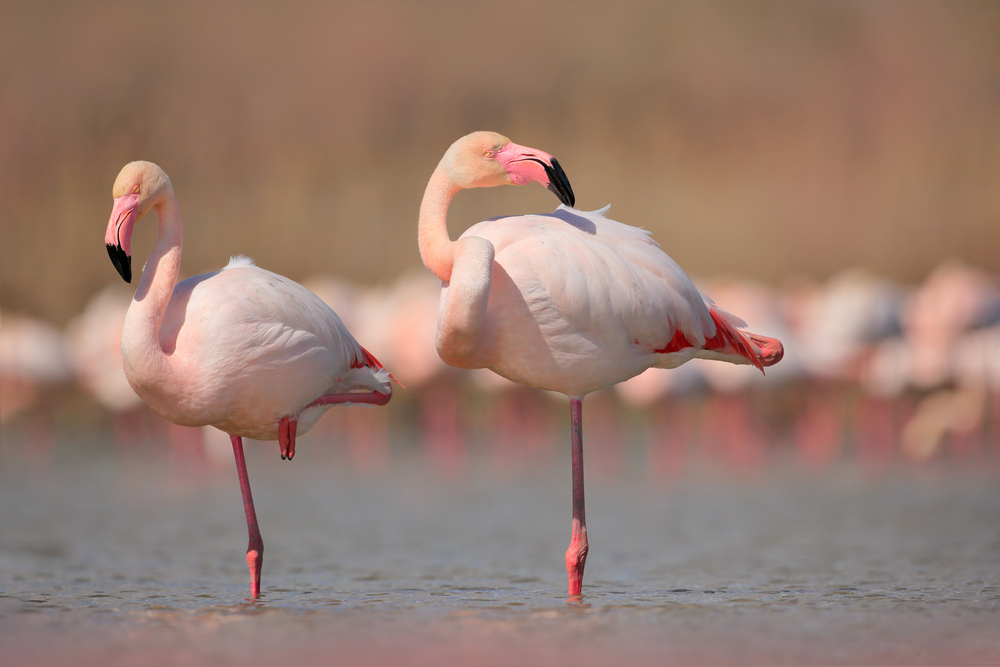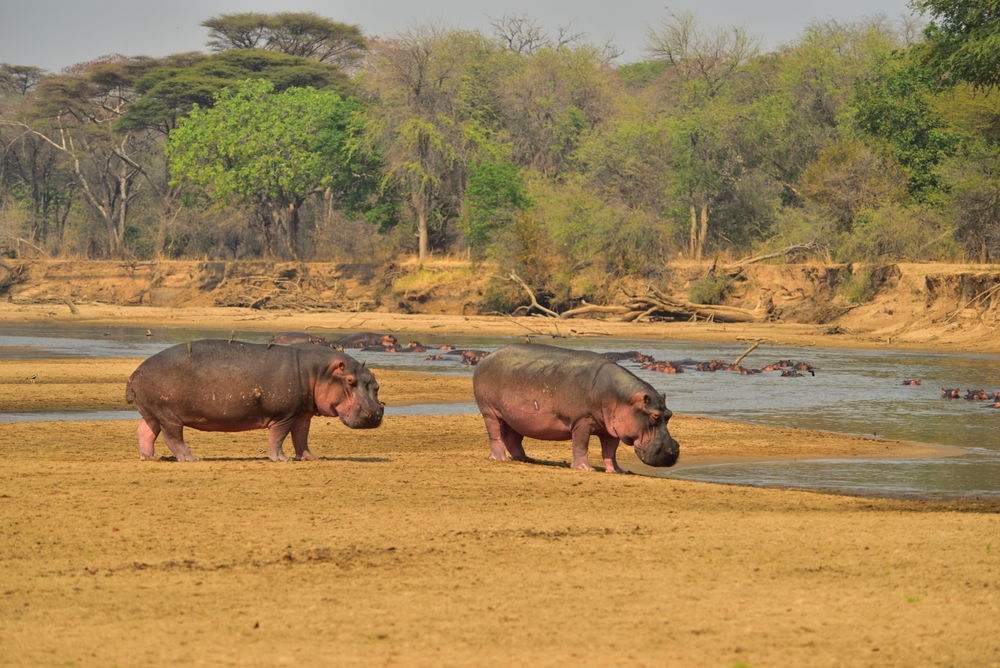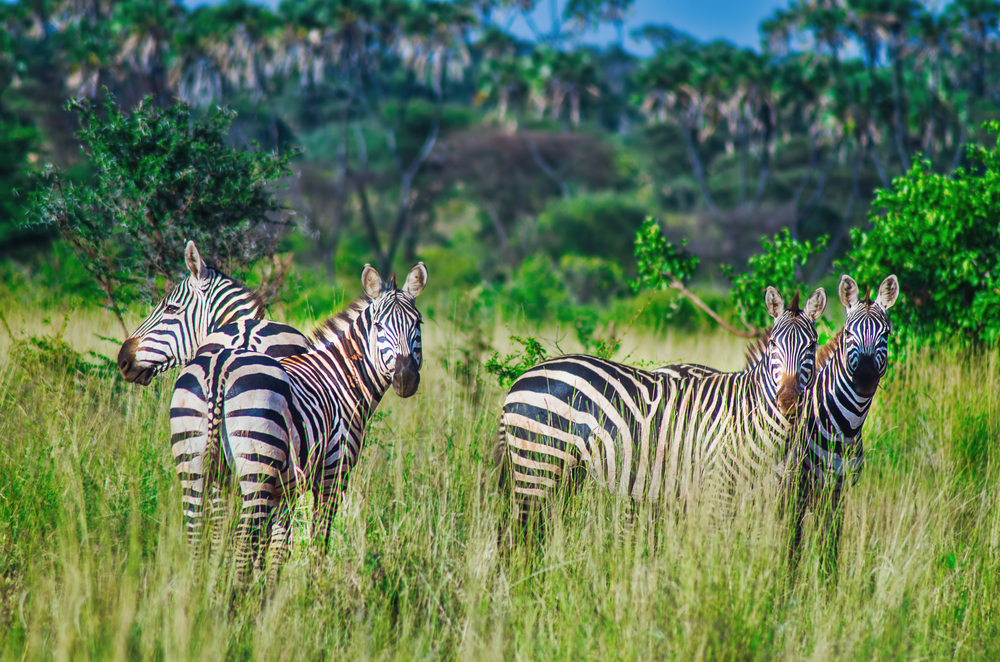Lochinvar Overview
Lochinvar National Park, known locally as Paki ya Lochinvar, is a picturesque and ecologically significant protected area located on the southern edge of the Kafue Flats in Zambia’s Southern Province. Covering approximately 428 square kilometers (165 square miles), this unique park is famed for its expansive floodplains, rich wetlands, and diverse wildlife. As part of the Kafue River Basin, Lochinvar provides critical habitat for both terrestrial and aquatic species, making it a vital conservation area within Zambia.
The park’s landscape is dominated by the Kafue Flats, a vast floodplain formed by seasonal flooding of the Kafue River, which creates an ever-changing mosaic of lagoons, marshes, and grassy plains. While Lochinvar does not feature mountains or waterfalls, the nearby Chunga Hills in the park’s northern section rise gently above the plains, offering panoramic views of the wetlands. The floodplain’s shimmering waters during the rainy season contrast beautifully with the dry grasslands of the surrounding savannah, creating a visual spectacle that captivates visitors.
Lochinvar National Park is particularly renowned for its exceptional birdlife, making it a paradise for birdwatchers. Over 400 bird species have been recorded, including notable residents such as the wattled crane, African skimmer, and the long-toed lapwing. Flocks of pink flamingos and pelicans are a highlight during the wet season, as they gather in the shallow waters of the floodplain, creating a stunning natural display.
The park is also famous for its large herds of Kafue lechwe, a semi-aquatic antelope found only in Zambia. These graceful animals thrive in the park’s wetlands and are often seen grazing or wading through the shallow waters. Other notable wildlife includes buffalo, zebra, and wildebeest, while hippos and crocodiles inhabit the lagoons and river channels. Predators such as hyenas and leopards are present but elusive, adding an element of excitement for keen wildlife enthusiasts.
Lochinvar National Park also contains remnants of human history. The Gwisho Hot Springs, located within the park, are surrounded by archaeological sites where ancient artifacts, including tools and pottery, have been discovered. These sites provide insight into the lives of early settlers in the region, adding cultural and historical significance to the park’s natural appeal.
Conservation efforts in Lochinvar focus on maintaining the delicate balance of its floodplain ecosystems. The park plays a key role in the preservation of the Kafue lechwe and critical bird habitats. Collaborative initiatives between Zambia’s Department of National Parks and Wildlife and conservation organizations aim to combat poaching, protect wetlands, and engage local communities in sustainable resource management.
Visitors to Lochinvar National Park can enjoy birdwatching safaris, guided nature walks, and scenic drives through the floodplains. The park’s tranquil beauty and unique wildlife make it an ideal destination for photographers, bird lovers, and eco-tourists seeking a serene escape into Zambia’s natural wonders.
In summary, Lochinvar National Park stands as a vital wetland sanctuary, celebrated for its birdlife, unique wildlife, and scenic landscapes. Its conservation significance and peaceful atmosphere make it a hidden treasure for nature enthusiasts.

















































































